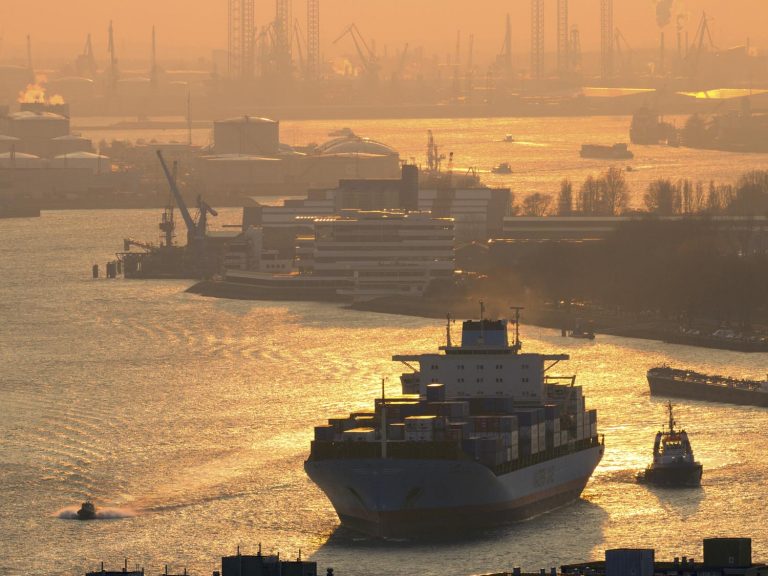
Date:
China export rates hit three-year high
Sea freight rates have held up strongly on the Asia–Europe trade in both directions despite weak volume, with export prices performing especially well for the shipping lines.
Carriers have tightly managed capacity through the coronavirus pandemic, blanking an extensive number of sailings on the Asia–Europe trades to match plunging demand as economies in Europe were locked down.
Carriers will cancel 94 scheduled sailings on Asia–Europe routes from April through August as a direct result of the coronavirus. The Ocean Alliance has yet to announce its Q3 blank sailings program.
By removing so much capacity, carriers have been able to avoid a rate collapse and freight rates on the import and export Asia–Europe trades are now converging as carriers’ tight grip on capacity lifts eastbound prices to levels not seen in almost three years.
Spot rates from Rotterdam to Shanghai increased 10% over the past week, compared to the same week last year.
Metro negotiates commercial agreements across shipping lines and alliances, to ensure that our clients have access to reliable capacity and fixed validity rates that are tailored to their requirements.
The last time the export rate was at that level was October 2017. In comparison import rates are up 13% year over year.
And despite westbound headhaul rates increasing steadily since April, export rates are now equal to 74% of the import rate, which is well above the average of 53% over the past eight years.
In 2015/16 we did see spikes above 100% , but these spikes were driven by weakness in the import rate, not strength in the export rate.
Adding to the rate strength were Asia–Europe freight all kinds (FAK) rate increases in both trade directions imposed by some carriers on June 15, with a new round of eastbound and westbound increases set for July 1.
CMA CGM will even impose a peak season surcharge of $200 per TEU on the Asia–Europe trade on July 1.
As the container shipping industry continues to consolidate, we are seeing a small number of players controlling the market, making supply decisions based on demand and returns, and the end result is disciplined on capacity and pricing.
